N is for Neutral.

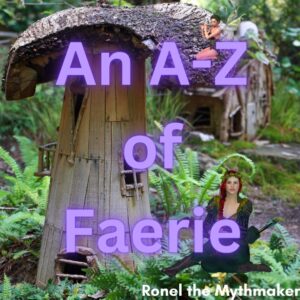
Of all folklore creatures, dragons are by far my favourite.

Folklore
A Feast of Lanterns by L. Cranmer-Byng [1916]
The Dragon is one of the four spiritually endowed creatures of China, the others being the Unicorn, the Phoenix, and the Tortoise. There are four principal Lung, or Dragons: the celestial Dragon, which supports and guards the mansions of the gods; the Spiritual Dragon, which causes the winds to blow and the rains to fall; the Earth Dragon, which marks out the courses of rivers and streams; and the Dragon of the Hidden Treasure, which watches over wealth concealed from mortals. Here, however, we are chiefly concerned with the significance of the Dragon in connection with Chinese art and literature. From earliest times it has been associated in the Chinese mind with the element of water.
*Read more in the book.
Mythical Monsters by Charles Gould [1886]
THE dragon is defined in the Encyclopædia Britannica for 1877 as “the name given by the ancients to a huge winged lizard or serpent (fabulous).”
The text also goes on to state that “they (the ancients) regarded it as the enemy of mankind, and its overthrow is made to figure among the greatest exploits of the gods and heroes of heathen mythology. A dragon watched the gardens of the Hesperides, and its destruction formed one of the seven labours of Hercules. Its existence does not seem to have been called in question by the older naturalists; figures of the dragon appearing in the works of Gesner and Aldrovandus, and even specimens of the monster, evidently formed artificially of portions of different animals, have been exhibited.” A reference is also made to the genus Draco, comprising eighteen specimens of winged lizards, all small, and peculiar to India and the islands of the Malay archipelago.
Such is the meagre account of a creature which figures in the history and mythology of all nations, which in its different forms has been worshipped as a god, endowed with beneficent and malevolent attributes, combatted as a monster, or supposed to have possessed supernatural power, exercised alternately for the benefit or chastisement of mankind.
Its existence is inseparably wedded to the history, from the most remote antiquity, of a nation which possesses connected and authentic memoirs stretching uninterruptedly from the present day far into the remote past; on which the belief in its existence has been so strongly impressed, that it retains its emblem in its insignia of office, in its ornamentation of furniture, utensils, and dwellings, and commemorates it annually in the competition of dragon boats, and the processions of dragon images; which believes, or affects to believe, in its continued existence in the pools of the deep, and the clouds of the sky; which propitiates it with sacrifices and ceremonies, builds temples in its honour, and cultivates its worship; whose legends and traditions teem with anecdotes of its interposition in the affairs of man, and whose scientific works, of antiquity rivalling that of our oldest Western Classics, treat of its existence as a sober and accepted fact, and differentiate its species with some exactness. It is, moreover, though not very frequently, occasionally referred to in the Biblical history of that other ancient, and almost equally conservative branch of the human race, the Jews, not as a myth, or doubtfully existent supernatural monster, but as a tangible reality, an exact terrible creature.
*More can be read in the book.
Encyclopedia of Fairies in World Folklore and Mythology by Theresa Bane
Dragons
Variatons: Drachen, Drake, Firedrake, Worm, Wurm, Wyrm.
Existing in some form in virtually every culture the dragon, basically resembling a huge serpent, is also tied to fairy lore. Powerful beings like the fay, dragons abduct beautiful women, can be male or female, represent good or evil, are aquatic and terrestrial, and are associated with the elements: air, earth, fire, and water.
In most British tales and Scandinavian lore, dragons are described as wingless creatures, having long scaly bodies, living in pools or wells, and having poisonous breath. These dragons hoard treasure, have a preference for eating young maidens, and are notoriously difficult to kill. To slay a dragon is almost a guarantee to win the hand of the local princess and become the new king. Fairies with densely hairy bodies will commonly have a dragon as a pet in German folklore.
*More can be read in the book.
The Encyclopedia of Celtic Mythology and Folklore by Patricia Monaghan
Dragon
Mythological beast. Breathing fire, eating maidens, scorching villages – the dragon of medieval legend was an enormous scaly monsters, sometimes winged, often snaky, that demanded a hero.
While some reports touched on standard characteristics such as breathing fire, eating sheep and maidens, and the like, others described dragons as beautiful, especially when curled up to sleep, their scales looking like shiny jewels.
Killing dragons was not easy, for those shining scales protected them. One Scottish dragon had to be lured out of her lair, where she was nursing several dragonets between destructive forays around the countryside. Finally one Charles the Skipper hit on the clever stratagem of building a bridge of empty barrels, covered with iron spikes. When the dragon ventured onto the bridge, the spikes impaled her. Meanwhile, back at the cave, her children were being smoked to death by her erstwhile prey. In despair at losing her brood, the dragon flailed herself with her massive tail until she died, on a rock still called Dragon Rock.
Although often described as based in Celtic belief, dragon tales are in fact of unknown origin. They occur most frequently in Wales, a nation symbolized by a red dragon; the Welsh hero who became king Arthur’s father bears the provocative name of Uther Pendragon, which may mean “dragon’s head”.
Worm
Folkloric figure.
Looking rather like a serpent but entirely fantastic, the worm is a dragon figure that derives from Scandinavian mythology, which arrived in Celtic lands with the invading Vikings. That connection may explain why worms are typically found in seaside areas, where Vikings might have landed.
The famous Lambton Worm was an eft, the immature adult form of a newt. It was hard to conquer because its breath poisoned the air and, every time it was cut in two, it joined itself together and attacked again.
*More can be read in the book.
The Forest in Folklore and Mythology by Alexander Porteous
…Another Bulgarian song tells how the forest, without the wind blowing, was uprooted by the mere touch of dragons with long white hair…
A German legendary hero is named Horny Siegfred or Sigurd, so named because, after he had slain the dragon Fafnir and bathed himself in its blood, he became horny and invulnerable all over except one spot between his shoulders, on which a Linden leaf had stuck. Ancient Scandinavian lore says that the mythical dragon Fafnir lives ninety years in the ground, ninety in the Lime tree, and ninety more in the desert.
*More can be read in the book.
Further Reading:
- THE DRAGON GHOST-GODS Hawaiian Legends of Ghosts and Ghost-Gods collected and translated from the Hawaiian by W.D. Westervelt [1916]
- THE DRAGON IN AMERICA AND EASTERN ASIA Evolution of the Dragon by G. Elliot Smith [1919]
- THE CHINESE DRAGON Mythical Monsters by Charles Gould [1886]
- Dragons A Feast of Lanterns by L. Cranmer-Byng [1916]
- No. 44.–The Three Dragons Gypsy Folk Tales by Francis Hindes Groome [1899]
- The Black Dragon and the Red Dragon, Forty-Four Turskish Fairy Tales [1913]
- CONTEST WITH THE DRAGONS IN THE MOUNTAINS Ishtar and Izdubar by Leonidas Le Cenci Hamilton [1884]
- The Prince And The Dragon, The Crimson Fairy Book by Andrew Lang [1903]
- THE STORM DRAGON T’ai-Shang Kan-Ying P’ien translated from Chinese by Teitaro Suzuki and Dr. Paul Carus [1906]
- THE DRAGON JEWEL Japanese Fairy Tales by Teresa Peirce Wiliston [1911]
- THE DRAGON AND HIS GRANDMOTHER The Yellow Fairy Book by Andrew Lang [1889]
- THE JAPANESE DRAGON Mythical Monsters by Charles Gould [1886]
- No. 22.–The Gypsy and the Dragon Gypsy Folk Tales by Francis Hindes Groome [1899]
- THE DRAGON’S BLOOD The Children of Odin by Padraic Colum [1920]
- Beowulf and the Dragon, Teutonic Myth and Legend by Donald A. Mackenzie [1912]
- THE DRAGON OF GHENT Tower Legends by Bertha Palmer Lane [1932]
- THE DRAGON-SHAPED PLUM TREE Ancient Tales and Folk-lore of Japan by Richard Gordon Smith [1918]
- Why the Red Dragon is the Emblem of Wales, The Welsh Fairy Book by W. Jenkyn Thomas [1908]
- The Celtic Dragon Myth by J.F. Campbell [1911]
- Dragons and Dragon Lore by Ernest Ingersoll [1928]
- Draconika Dragons
Folklore of Dragons in a Nutshell by Ronel
Marvellous, magical creatures, dragons are depicted in folklore, mythology and legends in diverse and interesting ways. There are two distinct types of dragons: The Eastern dragon and the Western dragon.
The Eastern dragon is revered for their magic and beauty. Eastern dragons have serpentine bodies, four legs, and are usually without wings. They are said to be a composite of various other animals-the body of a snake, the antlers of a deer, the talons of an eagle, the soles of a tiger, the scales of a carp, and the eyes of a demon. They control the rain, rivers, lakes and the sea. They are called lung or long and ward off wandering evil spirits, bestowing safety unto all. They are usually seen flying among the clouds, playing with a flaming pearl that is said to bestow power on them.
The Western dragon is seen as a frightening and destructive monster. Western dragons are often fire-breathing, reptile-like creatures with bat-wings, horns, huge claws and a tail. In most tales, the dragon is fought by a knight in an epic battle of good vs evil. Dragon’s blood has many magical properties, like giving the person who bathes in it impenetrable skin. It is said that the Western dragon is greedy, hoarding treasure in its underground lair.
Dragons in Modern Culture
Western Dragons
In BBC’s Merlin the Great Dragon advises young Merlin on his destiny (to protect Arthur and make him a great king). The Great Dragon is also the last Dragon – Uther Pendragon (Arthur’s father) had hunted them to extinction.
In Universal Pictures’s Dragonheart a Dragon saves a prince by giving him part of his own heart. Of course, this prince turns out to be a monster. The knight who had trained the prince blamed the Dragon for this. So he set out to kill the Dragon. All Dragons are slain except for the one the knight is truly after. And then an unlikely friendship is born.
In DreamWorks’s Shrek the Dragon guards a princess in a castle and is portrayed as a horrible beast befitting the stereotype. Of course, this story being what it is, the Dragon is in fact really a gentle creature and joins Shrek and Donkey in saving the princess from an ill-matched marriage.
Eastern Dragons
In Nickelodeon’s Avatar – The Last Airbender, Dragons are the original firebenders. They were hunted for glory (and to extinction) by the Fire Nation. Though two Dragons have survived in secret – they taught Prince Zuko and Avatar Aang the truth of fire-bending.
In Dragon Ball Z [originally written by Akira Toriyama; produced by Fuji Television and Toei Animation], the Dragon can be called forth if all seven dragon balls are collected. The Dragon will then grant a wish.
In Warner Bros. Pictures’s The Hobbit [originally written by J.R.R. Tolkien] the Dragon is a nasty creature who lives up to the stereotype of Dragons being evil.
Dragons in My Writing
Origin of the Fae: Dragons
Not strictly Fae, they do belong to the same Realm.
Dragons are the most magical and wondrous of all the creatures found in any Realm.
They have four legs, large wings with thorns on the tips, huge head with horns and thorns, massive teeth – all sharp like a shark’s.
Each Dragon is the colour of a gemstone. Their eyes, though, are the same amber as the Cù Sìth’s.
Their blood, scales and even meat have powerful magical uses. Though it is an atrocity to kill a Dragon for any reason.
All Dragons collect different things that they keep in their hoard. Some collect glassware, others stained glass windows, even shoes are collected. The Dragon of Caledonian Forest collects books.
Dragons know things – the past, the present and the future. If they deem someone worthy, they will share their knowledge. At a price; usually an addition to their collection.
Dragon translated to Afrikaans: Draak
See them in action:
Twisted Tales (Faery Tales #3)

Red ripped his cloak off the claws and stormed out of the cave. Everyone always expected him to sort out their mess. Well, he was done. Being Supreme Warlock should offer more than just being a Cleaner.
A dragon swooped down and carried him off. Dragons could be great pets…
Dragon Infestation, Twisted Tales, Faery Tales #3, Ronel Janse van Vuuren
Where did you encounter dragons for the first time? Which kind of Dragon is your favourite: the four-legged Western kind or the Eastern worm kind? Do you use Dragons in your writing? Do you like to read stories with Dragons in it? Any dragon stories you’d like to share? Check out my Pinterest board dedicated to dragons.
You can now support my time in producing folklore posts (researching, writing and everything else involved) by buying me a coffee. This can be a once-off thing, or you can buy me coffee again in the future at your discretion.
Want a taste of my writing? Sign up to my newsletter and get your free copy of Unseen, Faery Tales #2.


No-one writes about the fae like Ronel Janse van Vuuren.



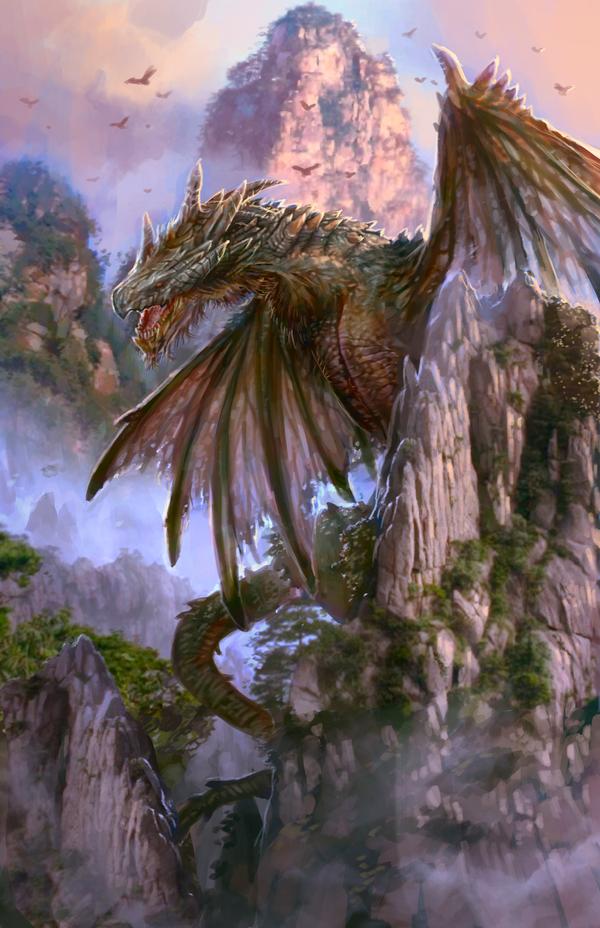


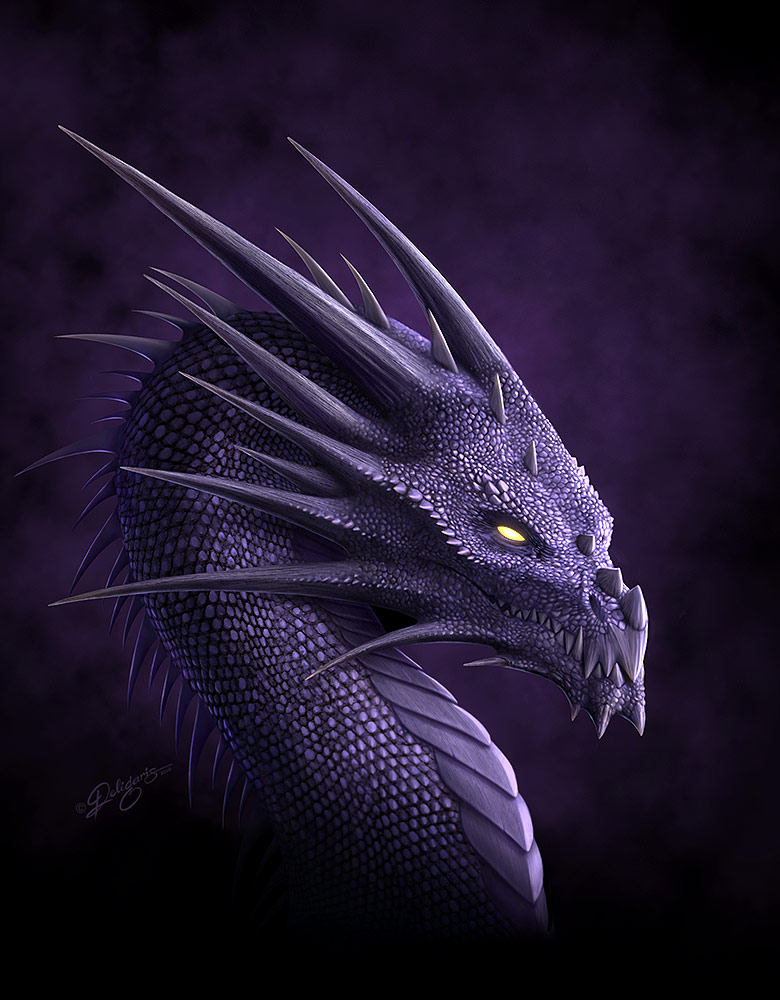
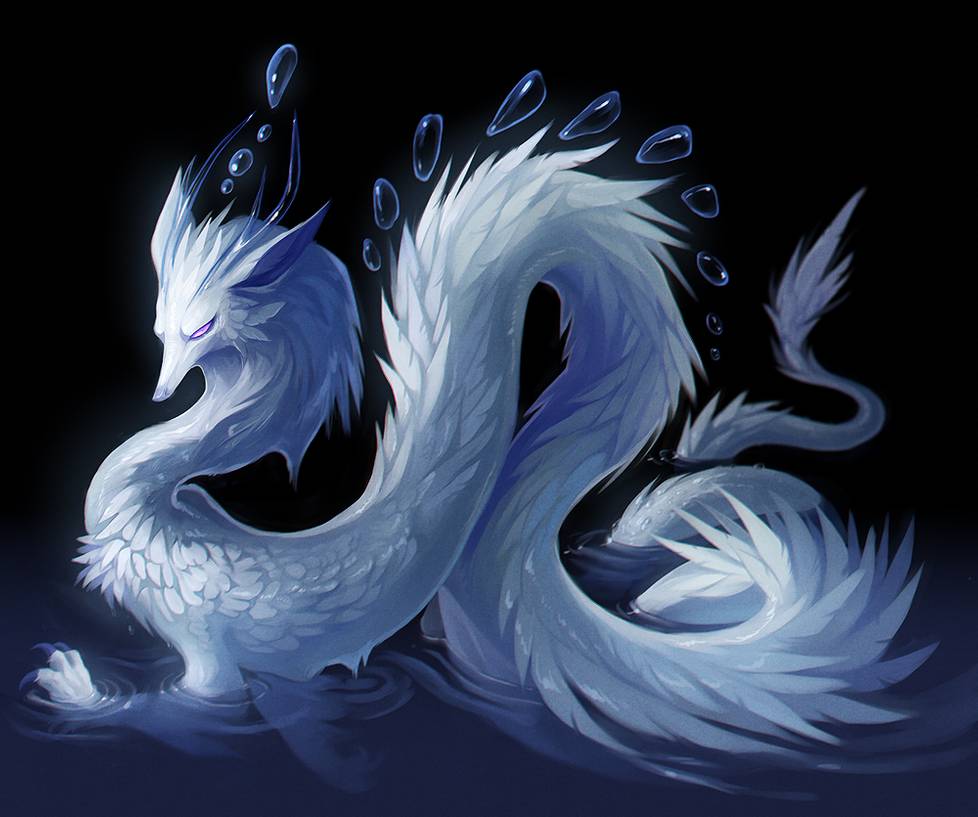
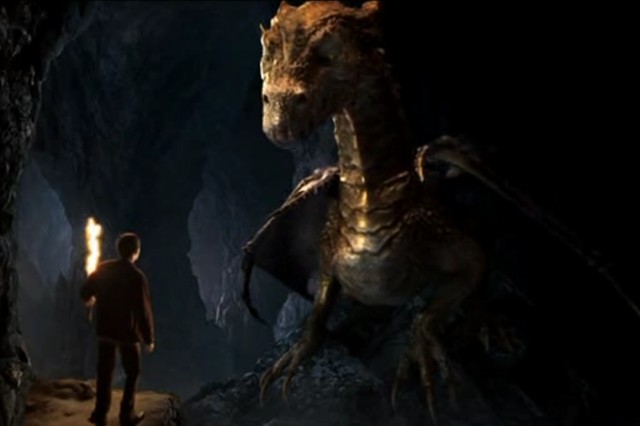
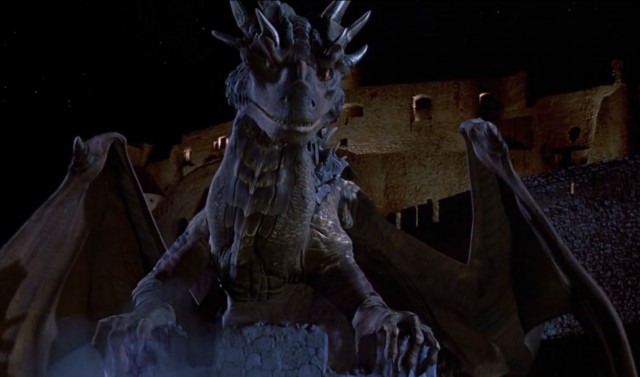
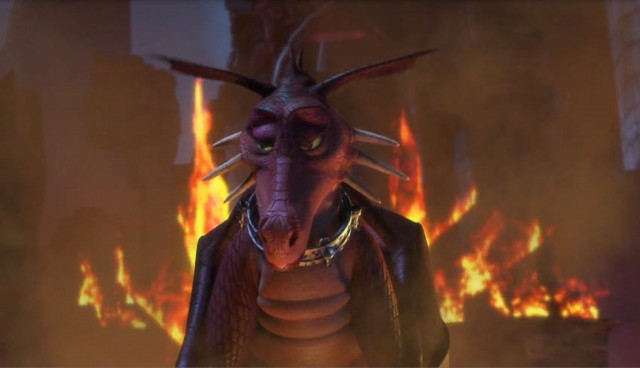
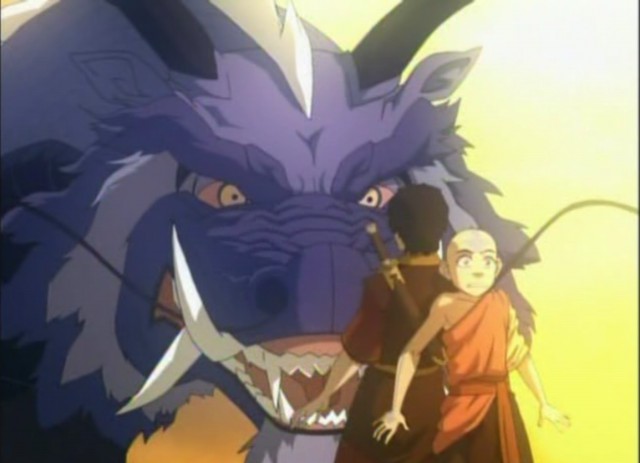
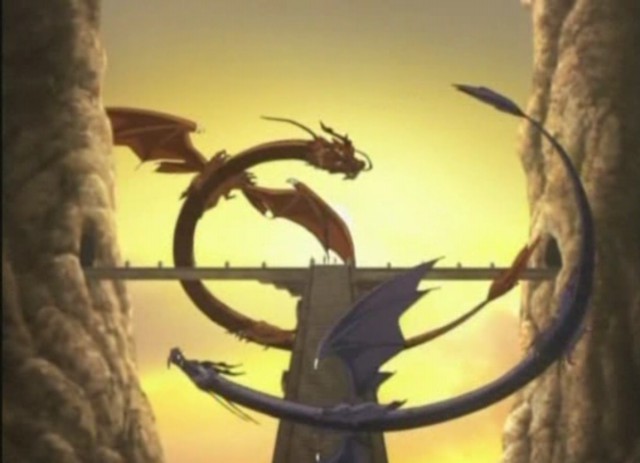
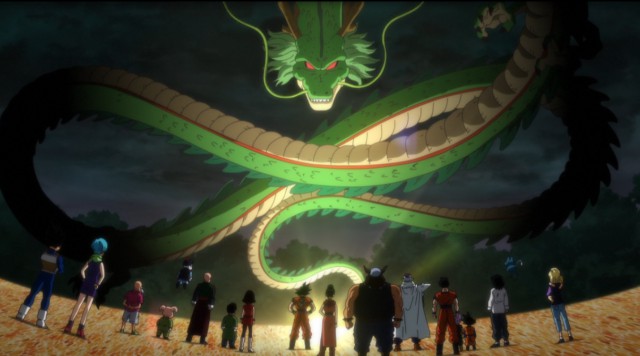
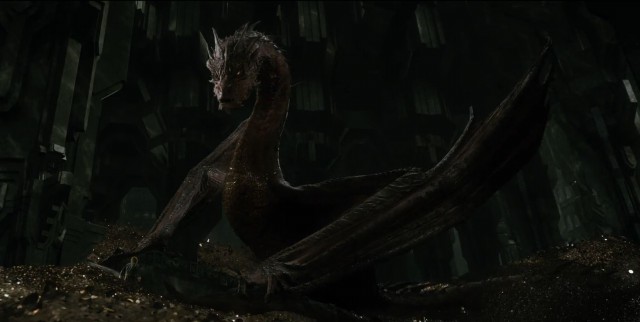

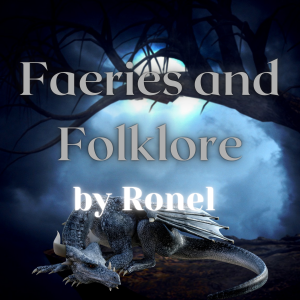

I adore Dragonheart and Eastern dragons, but as a storyteller I also see the appeal of terrible, super strong Western dragons (Martin kinda did them well in Game of Thrones – the books not the show). A monster-dragon speaks to some very, very old part of our brain…
The Multicolored Diary
I like what you said about a monster-dragon speaking to a very old part of our brain 🙂
I like the Eastern concept of dragons. There is a myth that dragons start out in the water as fish/kun and then transcend into their dragon forms. The Chuang Tzu talks about the Peng Bird whose wingspan covers the sky. This may be a dragon.
That’s awesome! Thanks for sharing 🙂
Dragons vary in modern culture. There are an awful lot of stories in which people ride them, bond with them and love them. In Terry Pratchett’s Colour Of Magic there are dragons that only exist if you believe in them, so one particular dragon vanished while flying with the main characters on its back!
Tolkien’s dragon Smaug is very traditional, isn’t he? He symbolises greed. He sleeps on a pile of gold which he can’t actually use, but, as Tolkien says, he does know the market value of any treasure. You can get dragon sickness by hanging around his gold for a while, becoming greedy and selfish yourself; it happens to poor Thorin Oakenshield!
A favourite dragon story of mine is “Dragonbones” in an issue of Andromeda Spaceways. It’s written by an Australian author, Joanne Anderton, and is set in the Australian outback, where we have the Royal Flying Doctor service, where doctors fly out to homes too far for people to access a local doctor. In this story, the doctors fly out on dragons! Only, the dragons are very large flying Australian lizards. I loved it!
“Dragonbones” sounds like a great story 🙂 Thanks for the recommendation!
I love dragons, as well! Here’s my post on why (western) dragons make a story so much fun: Why Dragons are Cool
Dragons are awesome 🙂 Thanks for the link!
I love dragons 😉 Remember this book, Eragon? So great!
I loved the dragon Saphira 🙂